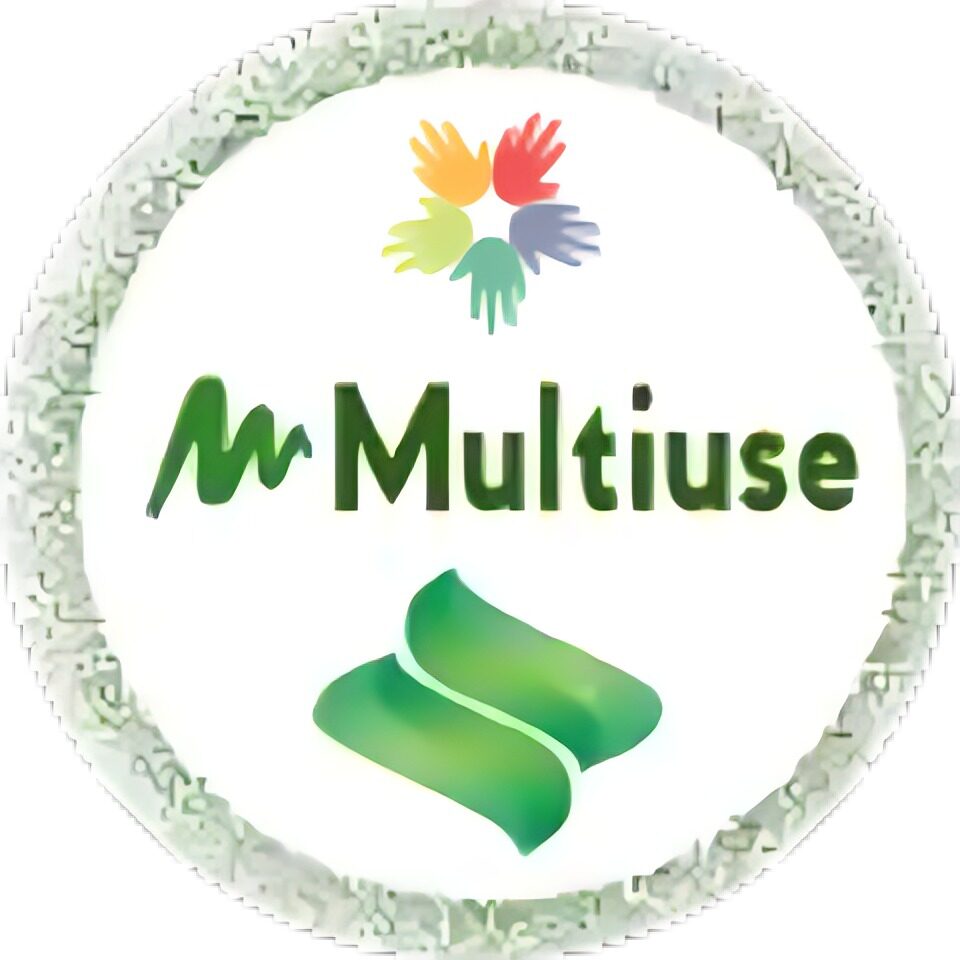Personal development and self-care are integral aspects of nurturing a fulfilling and balanced life. This article delves into the interconnected nature of personal growth and self-care, highlighting the significance of prioritizing one’s well-being to enhance overall quality of life. By exploring strategies for integrating self-care practices into daily routines, setting meaningful personal development goals, and overcoming the obstacles that may hinder progress, individuals can embark on a journey towards holistic growth and flourishing. Embracing mindfulness, seeking support, and utilizing resources for continued self-improvement are essential components of this transformative process.
Introduction to Personal Development and Self-Care
Personal development and self-care go together like peanut butter and jelly – they’re a dynamic duo that can help you become the best version of yourself. Personal development involves understanding and improving yourself, while self-care is all about taking care of your mind, body, and soul.
Understanding the Concept of Personal Development
Personal development is like a journey of self-discovery, where you explore your strengths, weaknesses, values, and goals. It’s about continuous growth and learning to become the person you aspire to be.
Defining Self-Care and its Importance
Self-care is not just about bubble baths and face masks (although those are great too!). It’s about prioritizing your well-being and taking intentional steps to maintain your mental, emotional, and physical health. Self-care is crucial for preventing burnout and enhancing your overall quality of life.
The Importance of Self-Care for Personal Growth
Self-care is like the fuel that keeps the personal development engine running smoothly. When you make self-care a priority, you create a solid foundation for personal growth and success.
Exploring the Link Between Self-Care and Personal Development
Self-care and personal development are like two peas in a pod. When you take care of yourself, you’re better equipped to handle challenges, make positive changes, and work towards your goals.
The Benefits of Prioritizing Self-Care in Daily Life
By prioritizing self-care, you not only boost your mental and physical well-being but also increase your productivity, creativity, and resilience. Self-care is not selfish – it’s a necessity for living a fulfilling and balanced life.
Strategies for Practicing Self-Care in Daily Life
Incorporating self-care into your daily routine doesn’t have to be complicated or time-consuming. With a few simple strategies, you can make self-care a natural and enjoyable part of your lifestyle.
Creating a Personalized Self-Care Routine
Your self-care routine should be as unique as you are. Whether it’s going for a walk in nature, meditating, or indulging in your favorite hobby, find activities that rejuvenate and nourish your mind, body, and soul.
Incorporating Self-Care Activities into a Busy Schedule
Even if your schedule is jam-packed, there are always moments to sneak in some self-care. Whether it’s taking short breaks throughout the day, practicing mindfulness, or setting boundaries, finding pockets of self-care time is essential for maintaining balance.
Setting Personal Development Goals and Strategies
Setting personal development goals is like creating a roadmap for becoming the person you want to be. By identifying areas for growth and implementing actionable strategies, you can turn your dreams into reality.
Identifying Areas for Personal Growth and Development
Self-awareness is key to personal growth. Take time to reflect on your strengths, weaknesses, and areas where you want to improve. Whether it’s developing new skills, improving relationships, or enhancing your mindset, pinpointing areas for growth is the first step towards progress.
Creating SMART Goals for Personal Development
When setting personal development goals, make sure they are Specific, Measurable, Achievable, Relevant, and Time-bound (SMART). By breaking down your goals into actionable steps and tracking your progress, you can stay motivated and focused on your personal growth journey.**Overcoming Challenges and Obstacles in Self-Care**
Common Barriers to Self-Care and Personal Development
Let’s face it – self-care can often feel like a distant dream, clouded by our hectic schedules, endless to-do lists, and the temptation to binge-watch our favorite Netflix series. Common barriers to self-care and personal development include time constraints, prioritizing others over ourselves, and the overwhelming feeling of not knowing where to start. It’s like trying to find your way through a maze with a blindfold on while juggling flaming torches – challenging, to say the least.
Strategies for Overcoming Procrastination and Self-Doubt
Procrastination and self-doubt are like those unwanted house guests that never seem to leave – they sneak in uninvited and make themselves at home. To kick them out, we need a solid game plan. Setting small, achievable goals, breaking tasks into manageable chunks, and practicing self-compassion are effective strategies to conquer procrastination and silence that inner critic. Remember, you are capable of more than you think – self-doubt is just a tiny pebble on your path to greatness.
**Integrating Mindfulness and Well-being Practices**
*The Role of Mindfulness in Personal Development*
Imagine mindfulness as your trusty sidekick in the quest for personal growth – always by your side, guiding you through the ups and downs of life. Mindfulness cultivates awareness, presence, and acceptance of the present moment, allowing you to navigate challenges with grace and clarity. It’s like pressing the pause button in a chaotic world, giving you the space to breathe and respond rather than react.
Exploring Different Well-being Practices for Self-Care
Well-being practices are like a buffet of self-care options – there’s something for everyone, whether you prefer meditation, yoga, journaling, or belting out Taylor Swift songs in the shower. Experiment with different practices to find what resonates with you and brings you joy. Remember, self-care is not a one-size-fits-all approach – it’s about finding what lights you up and nourishes your soul.
**Seeking Support and Resources for Continued Growth**
The Importance of Building a Support Network
No person is an island, especially when it comes to personal development. Building a support network of friends, family, mentors, or even fluffy pets can provide the encouragement, guidance, and cheerleading squad you need to thrive. Surround yourself with people who lift you up, challenge you to grow, and share your love for memes – because personal development is more fun with a team.
Utilizing Books, Courses, and Therapeutic Resources for Personal Development
Books, courses, and therapeutic resources are like treasure chests waiting to be explored on your personal development journey. Dive into self-help books that resonate with you, enroll in courses that ignite your curiosity, and seek therapeutic resources to unpack those emotional baggage. Remember, seeking help is not a sign of weakness – it’s a courageous step towards becoming the best version of yourself.
Conclusion: Embracing a Holistic Approach to Personal Development
In the grand tapestry of personal development and self-care, embracing a holistic approach is like blending all the colors of the rainbow to create a masterpiece. It’s about integrating mind, body, and soul practices to nurture your overall well-being. So, embrace the journey, dance to the rhythm of your own growth, and remember – you are a work in progress, and that’s perfectly imperfect. Stay fabulous, you magnificent human being.
Conclusion: Embracing a Holistic Approach to Personal Development
In conclusion, personal development and self-care go hand in hand in fostering a healthy and fulfilling life. By recognizing the importance of self-care practices, setting meaningful goals, and seeking support when needed, individuals can embark on a journey of continuous growth and well-being. Embracing a holistic approach that integrates mindfulness, well-being practices, and a supportive network can lead to a more resilient and empowered self. Remember, self-care is not a luxury but a necessity for nurturing a thriving and balanced life. Start your journey today towards a more enhanced version of yourself.






